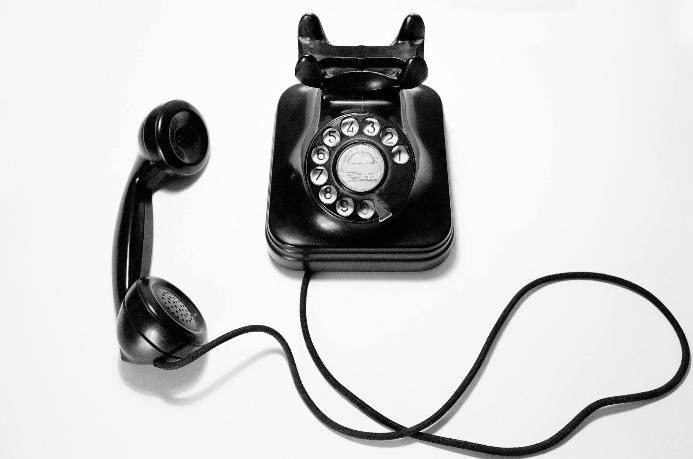Hoarding Disorder
Hoarding disorder is an
obsessive-compulsive disorder (OCD)
that can be characterized as a persistent difficulty discarding or parting with objects or possessions because of a perceived need to save them. An individual with hoarding disorder will often experience emotional distress at the thought of discarding these items, often causing excessive accumulation of objects and clutter. Hoarding disorder is one of the most dangerous types of OCD as an unhygienic environment and immense clutter can be safety concerns.
Signs and symptoms may include:
- Excessive acquisition of item that are not needed or for which there is no space
- Persistent difficulty throwing out items, regardless of actual value
- Being upset by the thought of discarding items
- Building up of clutter to the point where rooms are unusable
- A tendency towards indecisiveness, procrastination, problems with organizing, avoidance, or perfectionism
- Conflict with others who try to reduce or remove clutter from your home
- Disorganized piles or stacks of items (e.g. newspapers, clothes, paperwork, books, or sentimental items)
- Losing important items (e.g. money, bills) in the clutter
- Obsessive thoughts and actions: fear of running out of an item or of needing it in the future; checking the trash for accidentally discarded objects
- Refusing to let people into the home for repairs or for social gatherings
- Major distress or problems in social, work, or other domains of life
Hoarding vs. Collecting
Hoarding is not the same as collecting. Collectors look for specific items and usually organize or display these items. Individuals with hoarding disorder often save random items and store them in disorganized ways.
Types of Hoarding Disorder
Hoarding can be divided into three categories:
- Sentimental Hoarding - Objects kept have emotional significance, making them hard to discard.
- Deprivation Hoarding - Being unable to throw away an item because it may be needed in the future, no matter how unlikely such a situation is.
- Preventing Harm to Others Hoarding - Holding on to certain items such as broken class or even human waste because it may harm others.
How is Hoarding Disorder treated?
How is Hoarding Disorder treated?
One of the main types of treatment that can help individuals with hoarding disorder is cognitive behavioural therapy (CBT). During CBT, individuals can gradually learn to discard items with decreased distress, learn to improve organization and decision making, and challenge beliefs around needing these items.
If you think you may be suffering from hoarding disorder, contact us
for a free 15 minute phone consultation to see how we can help you!



